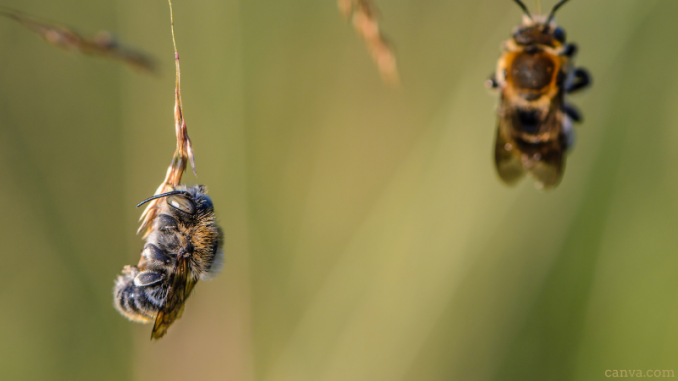
In the third and final installment in this series on regenerative agriculture, Peter Dunne explains how regenerative agriculture is about working with nature, not suppressing it. We’re often told nature and agriculture can’t share the same space. But we urgently need a paradigm shift, because true resilience only comes through diversity. Full series will be available to download as a pdf.
The Insidious Agrochemical Treadmill
The backdrop for the emergence of regenerative agriculture, and its emphasis on soil as a fulcrum of farming has been the ongoing, worsening ecological crisis and the phenomenon of climate change. Both are anthropogenic. At the farm level, declining economic returns have become commonplace. Although sometimes influenced by the first, perhaps it is the last issue which is persuading increasing numbers of farmers that the current agricultural paradigm is not working.
Over the past handful of decades, farmers have found themselves resorting to ever-increasing inputs to improve production to maintain financial income as the real farm-gate price fell. It has long become a downward spiral. It is the classic treadmill created by the continual adoption of technology. To ensure a viable farm business, the system had come to favour yield above all other considerations.
In contrast, regenerative agriculture is about returning to systems reliant on an understanding of how natural ecology produces without anthropological intervention. The latter is then about working with nature, not governing it, or suppressing it to the degree where, as often now predominates, nature and agriculture cannot share the same physical space. It has become an either or. Monocultures devoid of nature have become commonplace whereas true resilience, in fact, only comes through diversity.
At this point, only some of the problems and challenges facing modern agriculture and food, fibre and fuel production have been outlined, but others are being unearthed as the focus moves onto soils.
These include possible negative effects of glyphosate on the soil microbiome (increases in soil respiration in unexposed soil contrasted with diminished respiration in chronically exposed soil, possibly indicating selection for species acclimated to glyphosate or its catabolites). Glyphosate can also intercede in the interactions between plant roots and beneficial soil fungi in the rhizosphere, including arbuscular mycorrhizal fungi (often leading to an increase in disease susceptibility).
Further, there is the development of resistance to control agents by plants, fungi. A specific case-in-point being Septoria in wheat, caused by Zymoseptoria tritici, exhibiting fungicide resistance and insect pests. This culminates in the development of another chemical or technology treadmill.
This treadmill requires development of newer chemicals (or use of more chemicals in ‘cocktails’) and more expensive technologies, all of which increase costs for farmers. Perversely, the fine-tuning of the ‘cocktails’ and the use of reduced application rates therein may be accelerating the development of pathogen resistance and actually reducing access to older options within the agro-chem toolbox.
Techniques such as integrated pest management (IPM) recognise the emerging issues of biocide resistance as a consequence of long-term and excessive use of agricultural chemicals and seek to address it, albeit largely within an agricultural system defined by continued chemical usage.
At this point it is worth mentioning that although there is a common public perception that chemicals only exist in conventional agriculture, phytochemicals are naturally present in most ecosystems.
Less intensive agriculture can also rely on chemicals. The main difference is their biological origin. Agroecology, a system of agriculture which espouses ecological design and operational principles, and is internationally championed by Professor Miguel Altieri, of the Department of Environmental Science, Policy and Management at the University of California, Berkeley encourages pest, weed and disease management practices which rely on the phenomenon of allelopathy. This phenomenon occurs in ecosystems and is wholly compatible with a system of agriculture that can be appropriately described as ‘natural’, at least as the term is understood by the general public and consumers.
First described by Molisch in 1937 it is a system of chemicals signals between plants, or between plants and insects and even including communication between plants and microbes and can exert either stimulatory or inhibitory effects. It is central to how pest control happens in so-called ‘Push-Pull’ farming systems often relied upon by resource-constrained, developing-world smallholders.
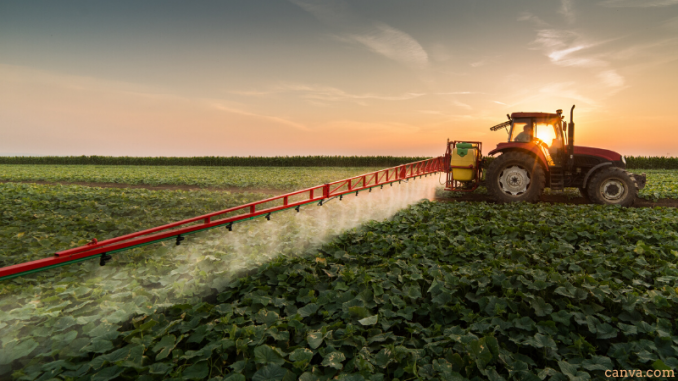
An Emerging New Green Revolution
The Green Revolution was of its time and context, and Norman Borlaug, who “was spectacularly successful in finding a high-yielding short-strawed, disease-resistant wheat“, unquestionably made a major contribution to food security, but the question now begs to be asked: is the thinking that epitomised the agricultural development emblematic of the Green Revolution any longer ‘fit-for-purpose’, at least in so far as it is understood in a range of contexts?
Is regenerative agriculture an alternative to ‘conventional’ agriculture? Will it be the new conventional agriculture, and if it does become mainstream will that only signal a resurgence of real farming?
What confuses some within agricultural circles is that ‘regenerative agriculture’ is not clearly defined. It is not governed by rules as is ‘organic’ agriculture. It also does not, at least as yet, have any marques within the marketplace. It is no more or no less that principles that govern management thought and decision-making. One could say that such is its strength. It has the flexibility to support transition and to allow practitioners to adapt ideas and principles to multifarious situations, and such is agriculture, or it was in the days before knowledge transfer in all its guises came to regiment farming decisions.
Perhaps, then, now it is time to elaborate more upon what regenerative agriculture is? The term regenerative agriculture / farming has developed over the past 30 years and there are now a few slight variations of the definition. It has both been refined and expanded further to encompass further elements as they develop courtesy of research and innovation into what actually is regenerative.
For formal definitions of regenerative farming, the following give a good basis to start from. The first from Rodale who coined the term way back in the 1980s has a basis in organic agriculture.
“Regenerative organic agriculture improves the resources it uses, rather than destroying or depleting them. It is a holistic systems approach to agriculture that encourages continual on-farm innovation for environmental, social, economic and spiritual well-being.” – Rodale Institute
The following definition outlines some of the specifics a little more:
“Regenerative agriculture is any kind of farming that enables the restorative capacity of the earth. Regenerative agriculture preserves or improves the fertility of the soil, creates an abundance of food and other agricultural products, contributes to vibrant communities and equitable economies, and respects the ecology of the natural world. Fertile soil helps create nourishing food and, in turn, healthy people and robust communities.” Farmers without Borders.
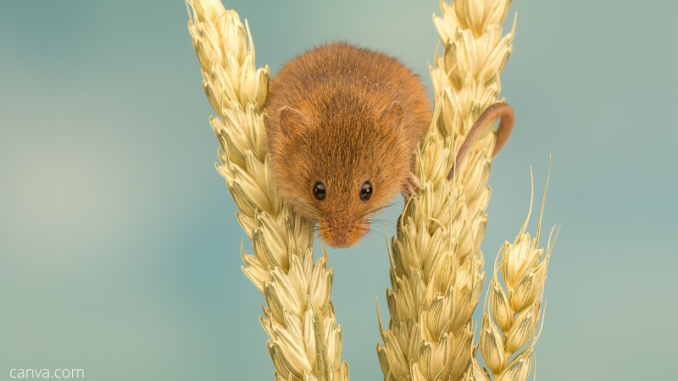
There are a few key elements to regenerative agriculture that set it apart from ‘conventional’ systems:
- It is Holistic – it utilises holistic management and planning principles in its planning and application.
- It focuses on the soil and developing the biology and fertility of soils as the basis of the system. Many farmers change how they describe themselves and call themselves soil farmers.
- It is focused on resilience by developing systems that mimic natural biodiverse ecosystems and natural processes, so as adverse forces impact the system, it is able to survive and thrive.
- There is a focus on Polycultures that utilize many enterprises, animal types and plant species.
- There is a focus on the whole food system from production to consumption and back again. The perfect outcome is a loop from field to consumer with the very minimum of losses to replenish.
- By focusing on the whole food system there is a development of reconnecting people with their food and as a result, many regenerative farmers have a local supply model only.
A holistic definition of regenerative agriculture is that all regenerative agriculture practices are guided by Principles, which are uniquely applied to each specific climate and bioregion as per they:
- Progressively improve the whole agroecosystems in its entirety (soil, water, and biodiversity).
- Create context-specific designs and make holistic decisions that express the essence of each farm.
- Ensure and develop just and reciprocal relationships amongst all stakeholders [from farm to fork].
- Continually evolve individuals, farms, and communities to actualize their innate potential.
Although it has been differently defined, it is closer to agroecology than to conventional agriculture. It can also be said to be a holistic concept that encompasses practices such as conservation agriculture, which employs specific arable management techniques that revolve around the complex relations between soil, plants and, where relevant animals. Regenerative agriculture is also closely related with organic, biodynamic, sustainable, and low-input. Arguably, regenerative agriculture aspires to move beyond being merely sustainable to being regenerative, whereby resources can be constantly renewed and, ideally, enhanced. The latter may include the farming system’s productive capacity.
Where mainstream commercial agriculture can be said to be exhaustive or extractive, and therefore depletes nutrients, regenerative agriculture recognises that nutrients are cycled and once depleted, must be replenished. To be most efficient, this must be achieved locally, even within the same farm.
The concept of regenerative agriculture is continually evolving but it can be said that the primary focus is on the biological aspects of food and fibre production with a premium placed on the human agency of the practitioner, be they a commercial farmer, smallholder, allotment keeper or gardener.
In fact, if evidence were needed that modern tillage practices were degenerative it was the finding that soil quality in allotments in England was superior to that found in commercial tillage.
In regenerative farming soil is the fulcrum of farming and its practices focus upon both protection and regeneration of soil. And it is this emphasis on soil that gives it the potential to capture carbon and thereby mitigate the climate effects of carbon-containing greenhouse gases. However, attendant benefits are that it also addresses the challenges of peak oil and increasingly expensive hydrocarbon fuels, unsustainable agriculture per se, land degradation, environmental pollution, aquifer depletion, groundwater contamination and habitat and consequential biodiversity loss.
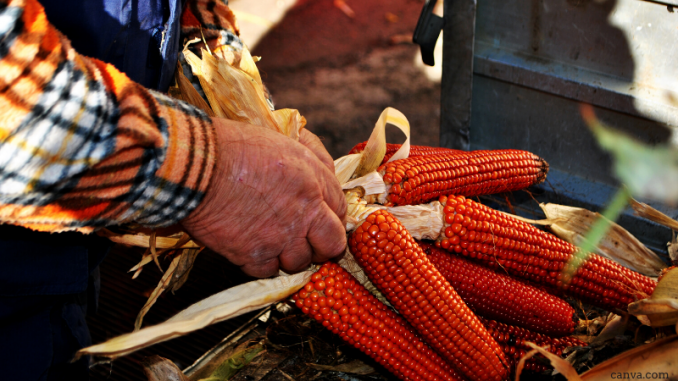
The Evolution of Regenerative Agriculture
Although the adoption of the term ‘regenerative agriculture’ is relatively recent, as early as 1989 Pimentel et al. had reported on the benefits of a low-input sustainable agriculture using ecological management principles, although it wasn’t specifically referred to as regenerative agriculture at the time, and was part of the paradigm of agroecology advocated by Altieri and others.
However, there was a growing realisation that conventional agriculture was unsustainable. Pimentel et al. wrote, “The use of chemicals for high crop productivity and compensation for soil, water and biological resource degradation contribute to the high production costs and other problems of U.S. agriculture. This has prompted strong interest by U.S. farmers in low-input sustainable agriculture. The principles that underlie a low-input sustainable agricultural system are: (1) adapting the agricultural system to the environment of the region, including soil, water, climate and biota present at the site; (2) optimizing the use of biological and chemical/physical resources in the agroecosystem.”
So, while regenerative agriculture defies precise definition, it can largely be compared to agroecology but also, like agroecology, has practical guiding principles and social and economic objectives. Very few experimental trials have been conducted under the auspices of regenerative methodologies, and therein lies an issue for those who like their information neatly packaged care of reductionist science. Regenerative agriculture needs the identification of farming-system-specific agronomic and cultural practices suited to any given location. Almost by definition it requires complex, systems thinking and that in itself goes against the tide of how science has driven the past half century’s green revolution.
Individually, for instance, cover crops, crop rotations, conservation agriculture and minimum or no till agriculture have been investigated and have generally been shown to improve soil organic carbon, soil health and biodiversity, water infiltration, and ecosystem services. They can also improve the financial performance for farmers by, in some cases, reducing input costs and in others greater yields. However, such adds weight to a holistic approach where it is difficult to advocate standard practices as optimum. Regenerative farming is about nuance, sophistication, and the interpretation of information from many sources in meaningful ways so that workable practices can be adapted but accepting that practices will also have certain disadvantages and drawbacks in certain contexts.
Due to the ongoing focus on specialization and scale, modern farming has been somewhat artificially split into animal production systems and crop production systems. In regenerative farming, both are recognised as integral to more sustainable systems, since in trying to mimic ecosystems, it must be recognised that ecosystems contain both animals and plants, and not forgetting all taxa of life.
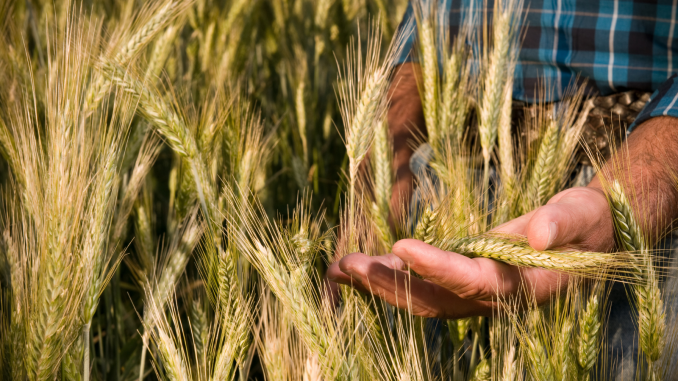
Ruminants are ecological tools in any regenerative context for myriad reasons and their management is critical to achieving sustainable, soil regenerating, food systems. The regenerative agency of ruminants as grazing and foraging herbivores is only properly harnessed at pasture, and moreover, a pasture where phytobotanical diversity is optimised. Their place is not in confinement. Thus, ruminants are often used in agroforestry and are fundamental to silvo-pastoral systems.
Systems which may be considered in their own right can also fall under the banner of regenerative agriculture. Agroforestry and silvo-pastural agriculture [that seeks to emulate open-canopy forest ecosystems] are both attempts to mimic ecosystems and are effective means of stacking enterprises, effectively multiplying the space available for food production.
Moreover, regenerative agriculture emphasises breeds of ruminants and other livestock that are locally adapted and have been bred in sympathy with the locality or region, which in an Irish context might make now rare breeds as indispensable. Barão et al. assessed promising agricultural management practices which can be compatible with regenerative agriculture including minimum till, no-till, permanent soil cover and cover crops, residue maintenance and mulching, crop rotations, leguminous crops, green manures, composting, rotational grazing and integrated pest management.
Ultimately, the objective of regenerative agriculture is to produce abundant, healthy, and nutritious food, and adequate fibre and fuel, but to do so without compromising the capacity of the ecosystems in which this occurs to self-regulate, cycle nutrients, regenerate and heal. In this context, perhaps the best perspective is to embrace farming as a means to temporarily appropriate energy and nutrients for human welfare and well-being whilst simultaneously preserving and protecting the very means of production that facilitate this. Thus, soil health is central and fundamental to regenerative agriculture.
Hence, the alternative paradigm of regenerative agriculture is one which embraces decentralisation rather than centralisation, independence rather than dependence, community and cooperation rather than competition (in its human aspects), harmony with nature rather than dominance of nature, diversity rather than specialization and restraint rather than exploitation.
In this sense, regenerative agriculture offers a message of hope for the future. There is a suite of technologies, albeit ‘low tech’, and reliant on increased human agency and power of observation and intuition, experiential learning and knowledge acquisition, not unlike pre-industrial era agriculture, that can be deployed at scale over vast areas and in almost all regions and pedoclimatic contexts to mitigate some of our most pressing challenges.
Regenerative Agriculture will necessitate a far greater understanding of biology and ecology. The role of chemistry will, inevitably, decline. Such will mean a re-gearing of agri-education. To do so within a time frame that equates with addressing our soils, biodiversity and climate change predicaments will itself prove difficult. But it simply must happen, as regenerative agriculture, as an approach to food production and land management is the only way we can simultaneously address all three together.
This is an extract from the paper ‘The Rise of Regenerative Agriculture? Or Merely a Resurgence?’ by Peter Dunne. Part 1 of this series gave us an introduction to regenerative agriculture. In part 2, Peter argued that regenerative agriculture is a reason for hope, if only we can put soils first in our farming and food policy. Sign up to our newsletter to download the full PDF.
More on Regenerative Agriculture
Regenerative Agriculture part 2 | A Soils-First Farming & Food Policy
Regenerative Agriculture part 1 | Resources Must Be Replenished
Comparing Organic, Agroecological and Regenerative Farming part 1 – Organic
Comparing Organic, Agroecological and Regenerative Farming part 2 – Agroecology
Comparing Organic, Agroecological and Regenerative Farming part 3 – Regenerative
If Not Meat Then What? Climate Change, Regenerative Ag and Viable Rural Areas
Livestock Will Save Us – A Regenerative Perspective. #LivestockDebate
Organic Outflanked? Conventional, Biological and Regenerative Challenge(r)s
More on Soil Matters
#SoilMatters | Part 1: Andrea Beste on humus, soil structures & the limits of no-till
#SoilMatters part 2 | Mario Catizzone and Sustainable Soil Management
#SoilMatters Part 3 | Soil, Carbon and Policy – where now for 4p1000?
#SoilMatters part 4 | What do we really lose, when we change how land is used?
#SoilMatters Part 5 | Stuart Meikle on Soil, Ruminants & Sustainable Food
#SoilMatters part 6 | What do we want of our soil? And how do we get it?
#SoilMatters part 7 | Soil, Farming and Society: support mechanisms for the necessary transition



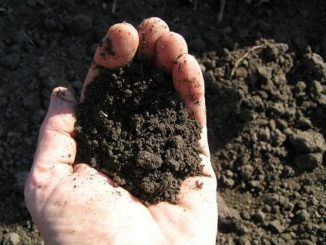
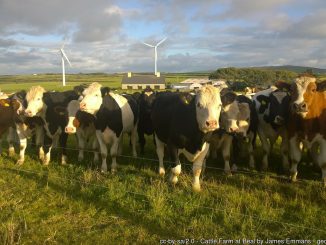

1 Trackback / Pingback
Comments are closed.